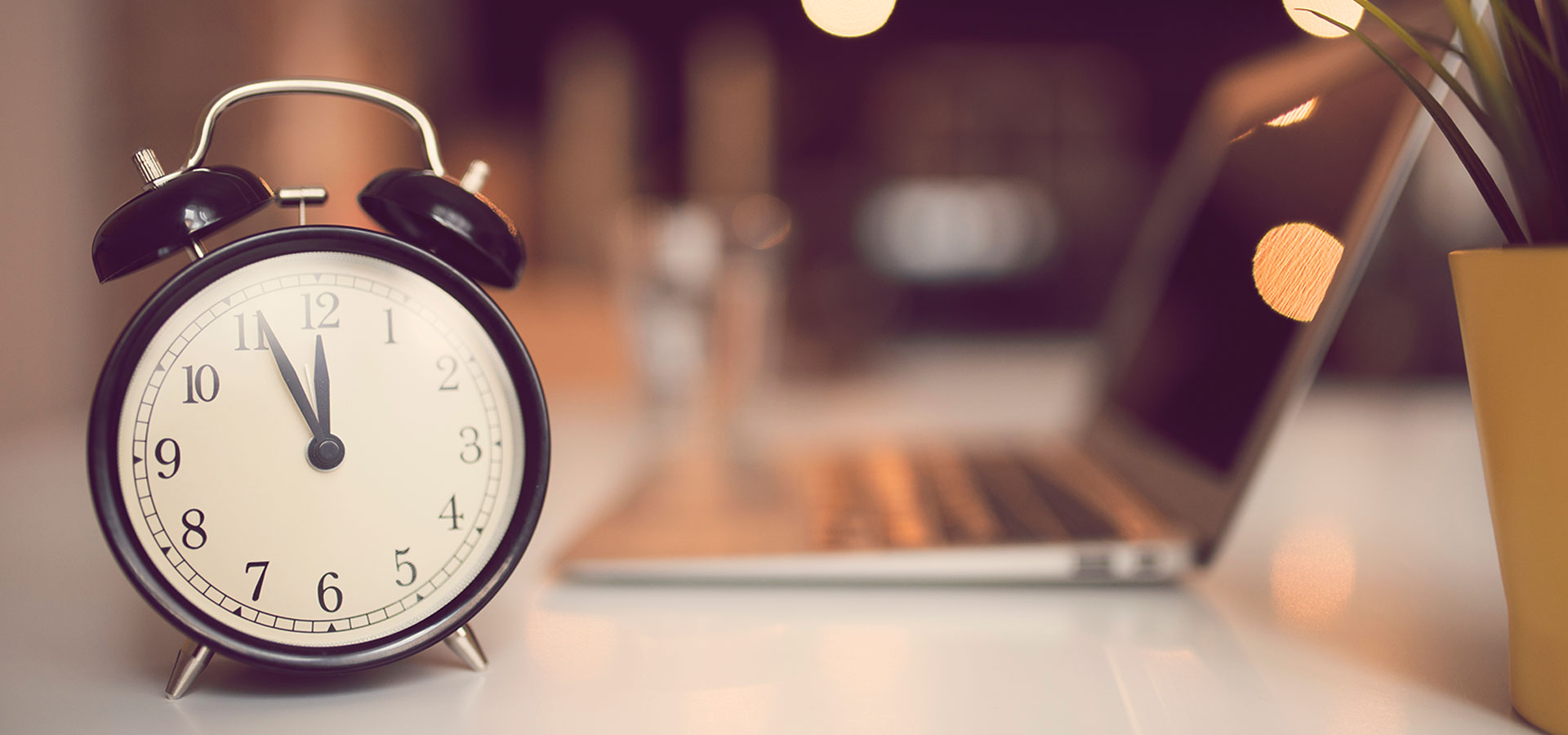Common Triggers for a Full Redesign
There are a number of reasons it could be time to redesign your website, from internal shifts in strategy, to external changes in consumer behavior.
Common triggers fall into two main categories:
- Changes in business context or strategy: These are changes in the way your organization does business. This includes changes in organizational structures, mergers and acquisitions, or a rebrand. It could also mean that your organization is facing new competition or reacting to changes in the industry, such as shifting payer models. These changes impact overarching strategy, which in turn impacts your overall website design or the way you are using your website to engage different audiences.
- The realization the current site isn’t producing results: When change doesn’t come from the top down due to organizational shifts, it usually comes from the recognition that the website in its current state is not producing results or is not efficiently maintainable. Symptoms include: low on-page conversions, low user-engagement numbers, poor rankings on search engines, or the fact it’s become hard for your team to maintain.
Across the two categories, the most common reasons healthcare systems decide it’s time for a full redesign is that the current site isn’t meeting some or all of these core elements:
- Acquisition and/or rebrand: It is imperative your site matches and aligns with the total brand experience intended from an acquisition and/or rebrand. From the visual brand identity to consolidating information on all of your facilities, providers, and services into one experience. Part of this also might be updating an outdated look and feel to move into modernity. With a modern design, your website will promote trust and brand recognition amongst consumers, which is why a website redesign can do wonders for your brand-building initiatives. At the end of the day, first impressions matter and they are 94% influenced by your site design.
- Strategy: When there is a substantial shift in organizational strategy re-evaluating how your website supports that is key. Often that alone can push you into a redesign. For example, to align with digital transformation initiatives or access to care endeavors, a full redesign maybe be needed.
- Technology and infrastructure: Your technical foundation needs constant attention and care. Technical debt over time hurts both the internal and external user experience and therefore forces you into a full redesign.
- Accessibility: No longer are you able to provide or assume a one size fits all user experience for your website. That’s where inclusive design comes in. If the current website is not accommodating all of your users, including those with disabilities such as color blindness and hearing loss, that can be a driver of a full redesign as developing inclusive digital experiences is not only the right thing to do when we put people first, but, it’s the law.
- SEO and Content: A well-designed website also means good SEO. If your current site was built without SEO and content in mind, a full redesign might be the best path forward to get the user and search-optimized experience in line with current best practices.
- Navigation and Information Architecture: The core goal of your website is to get site visitors the information they need in a convenient and efficient way. If your site’s structure and navigation is hindering your users’ ability to find information, a full redesign with a thoughtful content strategy may be needed.
- CMS/Platform: What you use for your platform matters – not only in terms of the internal experience for your marketing and I.T. teams, but also the external user experience in terms of what features and functionality is available to site visitors.
As you can see in the below chart, at the center of everything is customer experience. Building a convenient and easy-to-use web experience delivers business value in the long-term. In fact, Becker’s Hospital Review noted each loyal customer represents $1.4 million in revenue to a hospital over their lifetime. When looking at everything through the lens of delivering an optimal customer experience, your website is under more pressure than ever before to deliver real business value.

The dependencies between these triggers are also important to note. The work behind one of them is often so great it makes sense to evaluate all the others at the same time. For example, if your current site doesn’t represent all of your facilities due to an acquisition, you’ll likely need to redesign. If you are going to redesign, you might as well evaluate everything from the CMS to content to navigation.
Another option: Iterative design
A full redesign isn’t the only option on the table. If you find your site is still performing in those core areas – it represents your brand and strategy, the technology foundation is strong, and it’s delivering on SEO, accessibility, navigation and content, you might be in the market to take a more iterative approach to redesign.
When taking an iterative approach, you focus on making improvements in smaller iterations and on the highest value targets, such as top business-value areas (think: appointment requests) or top pain points as identified by real users (think: searching for events).
Learn more
Want to learn more about healthcare site redesigns and whether you should consider a full redesign, an iterative redesign or maybe even a re-platform? Download the popular Is It Time for a Redesign white paper and get more helpful guidance on how to determine if it’s time to redesign your website and how to get started if a new CMS is in your future.
As always, the team at Geonetric is always ready to help you with any upcoming site redesign or help you pick the right platform for your team.










